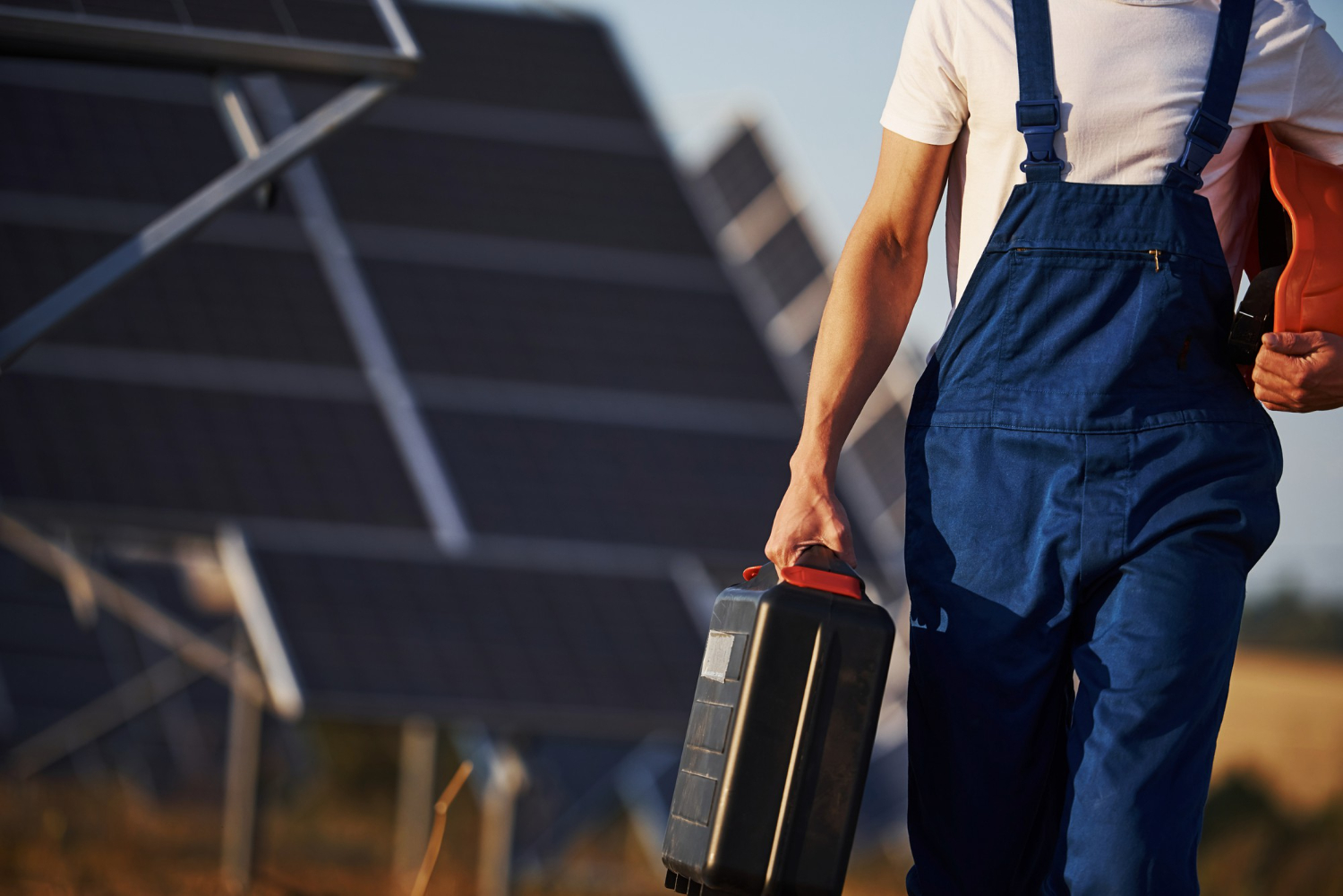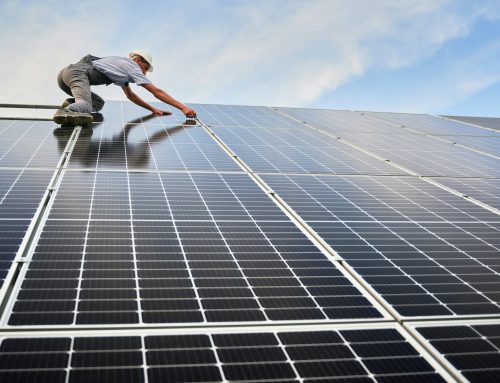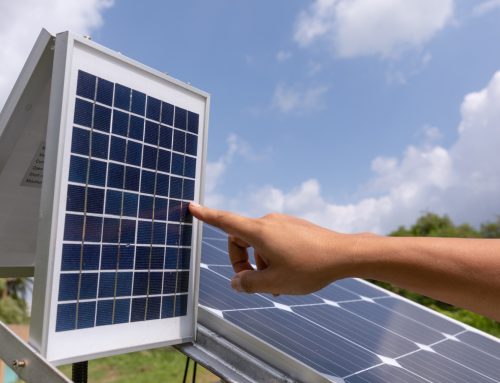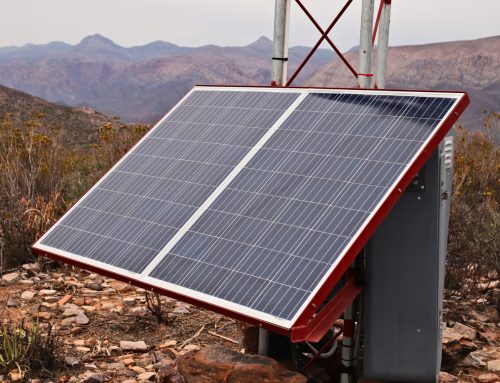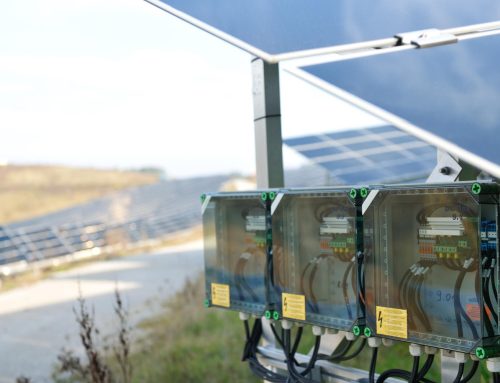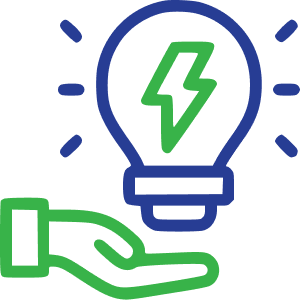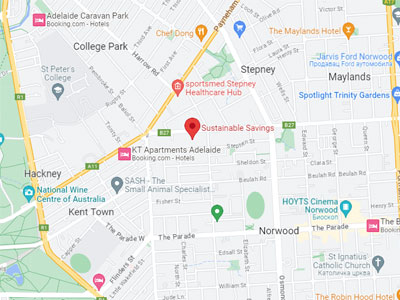When a business decides to invest in solar, the main goal is usually to cut costs and take control of energy use. But like any piece of technology, solar systems can run into issues as they age. One part that often goes unnoticed but plays a big role in system performance is the inverter. If your system isn’t performing the way it used to, the inverter could be to blame.
In Adelaide’s late winter season, shorter days and lower sun angles can highlight problems that might not have been visible during peak summer. If you’ve noticed your solar output isn’t what it once was or your energy bills are creeping back up, your inverter could be due for replacement. Here’s what you should know before making the call.
Understanding The Importance Of Solar Inverters
Every solar system has a backbone and that’s the inverter. Without it, your solar panels wouldn’t be able to do their job properly. While panels capture sunlight and turn it into direct current (DC) electricity, your business needs alternating current (AC) to run everyday equipment, lighting, and heating or cooling systems. That conversion happens inside the inverter.
There are a few different types of inverters used in commercial solar setups:
– String Inverters: These are common in large-scale rooftop PV systems. Panels are connected into a series or string, and the inverter converts power from the whole array. One fault in the string can affect the entire line, so while they’re cost-effective, they work best on evenly performing roofs.
– Microinverters: Less common in commercial projects due to cost, but useful where some panels may be shaded or oriented differently. Each panel has its own inverter, which allows for better energy tracking and keeps issues isolated.
– Hybrid Inverters: These manage both solar electricity and battery storage, acting as a bridge between generating and storing energy. If your business uses battery storage or plans to in the future, this option may be worth a look.
Choosing the right type of inverter early on matters, but even the best quality units have a working lifespan. If your inverter is nearing the end of its service life or isn’t performing properly, it could drag down the whole system’s efficiency.
Signs Your Solar Inverter Needs Replacement
Spotting inverter problems early can stop energy waste and avoid bigger costs later. Some signs are easy to notice, while others require close monitoring or system tracking software.
Here are some signs that your commercial inverter might be due for replacement:
1. Frequent Shutdowns
If your system keeps cutting out without a clear cause, especially on sunny days, it might be the inverter failing to handle the power input or regulate voltage correctly.
2. Noticeable Drop in Energy Output
A sudden or ongoing drop in energy production, with no changes in the amount of sunlight or rooftop conditions, could be linked to inverter problems. Check and compare your monthly energy data over time to track performance.
3. Flashing Error Lights or Fault Codes
Most inverters have display screens that show warning lights or fault messages. If error codes are showing up often or can’t be cleared, or if the lights indicate a system issue, it’s time to investigate further or call in a technician.
4. Heat and Unusual Noises
Aging or malfunctioning inverters might get hotter than normal or make odd buzzing or clicking noises. These are signs internal parts may be wearing out or struggling to keep up.
One Adelaide-based manufacturing company noticed their system would shut down mid-day, just as their production line was hitting peak activity. After checking system logs with their installer, they found the inverter’s internal components were breaking down. Swapping in a new inverter fixed the issue and helped reduce grid reliance.
An inverter that’s past its best doesn’t always stop working altogether. In many cases, it simply runs less efficiently, meaning you end up paying more for less power. Picking up on the early indicators can help avoid interruptions and keep your system delivering clean energy as expected.
Benefits Of Solar Inverter Replacement
Replacing an old inverter can lead to noticeable improvements in how your system functions. The biggest gain is better energy efficiency. With a new inverter, your solar panels can convert more sunlight into usable energy, which reduces pressure on the electricity grid and helps keep bills down.
It can also improve system reliability. New inverters often come with smart features that help detect problems early, offer live data insights, and work better with other tech like batteries. That means you get a smoother energy supply and fewer disruptions to daily operations.
With newer models supporting cloud-based tracking and remote monitoring, you also get the benefit of greater control. Analytics and insights help you decide when and where to adjust for better energy performance. Choosing to upgrade the inverter equips your business for future energy needs and opens the door to smarter practices.
Choosing The Right Solar Inverter For Your System
If your inverter needs replacing, you’ll want to make sure you choose one that fits your system’s size and demands. There are a few things to think about here.
First, check capacity. Your inverter must be able to handle the maximum output of your solar panels. Too small and you lose power. Too large and the extra investment isn’t justified.
Next, look for efficiency. Conversion efficiency matters, as a high-efficiency unit will help your business get the full benefit of available sunlight. Newer inverters are usually more energy-smart, so it’s worth updating if your system is older.
Brand reputation counts, too. Brands like SunPower, GoodWe, and Fronius have a proven history of producing high-quality inverters and are trusted by commercial installers across South Australia. Many of these options come with advanced warranties and tech features that make them excellent long-term choices.
Getting a professional to assess your system is always a wise move. They can recommend the right model, confirm compatibility, and help you avoid costly mismatches or performance loss.
Ensuring A Seamless Solar Inverter Replacement Process
When it comes time to replace your solar inverter, working with licensed professionals ensures safety and long-term success. DIY jobs can create more issues than they solve, especially if the system is large or complex.
Once the installer is on site, they’ll begin by powering down the system entirely. The old inverter gets carefully disconnected, then the replacement is installed and wired back in. After installation, tests are performed to confirm the system is working correctly and safely before switching it back on.
Experienced installers also take care of configuring monitoring tools and updating your system data, which helps detect any hiccups early.
Post-replacement, remember that regular monitoring helps you catch future issues before they affect performance. Scheduled checks and system reviews keep things running smoothly and extend the lifespan of all your equipment.
Protecting Your Solar Investment Long-Term
Replacing your system’s inverter is about keeping your solar setup in top shape. For Adelaide businesses relying on energy stability, a high-performing inverter is key to consistent operation and stronger savings.
By upgrading to a newer unit, you’re setting up your business to handle tomorrow’s energy challenges with better tools. Modern inverters are built with smarter features and can often integrate more easily with storage and support tools. This means better value and less risk that your system loses its edge over time.
If you’ve noticed energy output drops or system disruptions lately, checking the inverter is a good place to start. With the right support and reliable products, your solar investment doesn’t just do the job—it does it better, longer, and with fewer headaches.
Wrapping up your solar project with a well-timed upgrade can lift your system’s overall performance and reliability. If you’re seeing signs it’s time for a change, explore how Sustainable Savings can support your business with expert advice and smart solutions. Learn more about the advantages of a solar inverter replacement to help maximise your commercial solar system’s output and return on investment.

